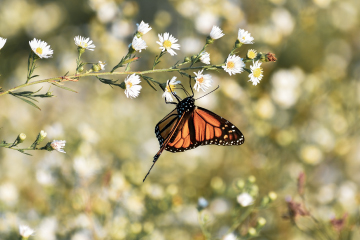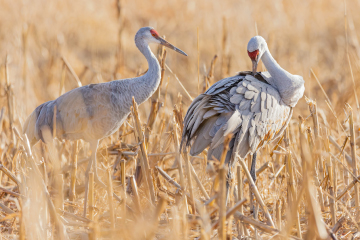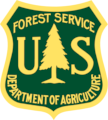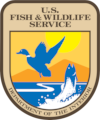RWBJV Bird Models help identify Conservation Priority Areas for Conservation Reserve Program Enrollment
The Conservation Reserve Program is a federally funded voluntary incentive-based program administered by the United States Department of Agriculture’s Farm Service Agency. Conservation Reserve Program provides a contract to agricultural producers to re-establish grasslands on cropland with environmentally sensitive acres. This grassland cover helps control soil erosion, improve water quality and provide wildlife habitat. In return, the Farm Service Agency provides participants with annual rental payments and cost-share to establish the cover during the 10-15 year life of the contract.
As part of the 2024 Conservation Reserve Program enrollment, Nebraska Farm Service Agency requested input from partners to update Conservation Priority Areas across the state. Priority was placed on local geographies that provide optimal wildlife habitat, have experienced adverse water quality and/or other natural resource stresses from agricultural production. By statute, Conservation Priority Areas must reflect environmental needs and help justify how the Conservation Reserve Program can cost-effectively address these issues. As part of updating the Conservation Priority Areas special emphasis was placed on grassland birds because of the significant population declines many species have experienced. These Conservation Priority Areas can remain in place for five years.
As part of this effort, the RWBJV science office analyzed the grassland bird distribution and relative abundance models for the following priority species – Western Meadowlark, Dickcissel,
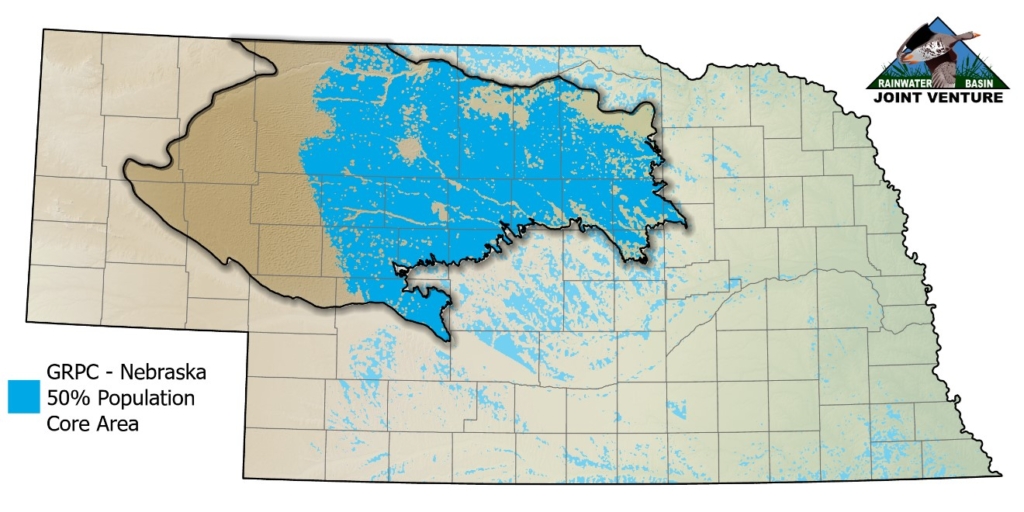
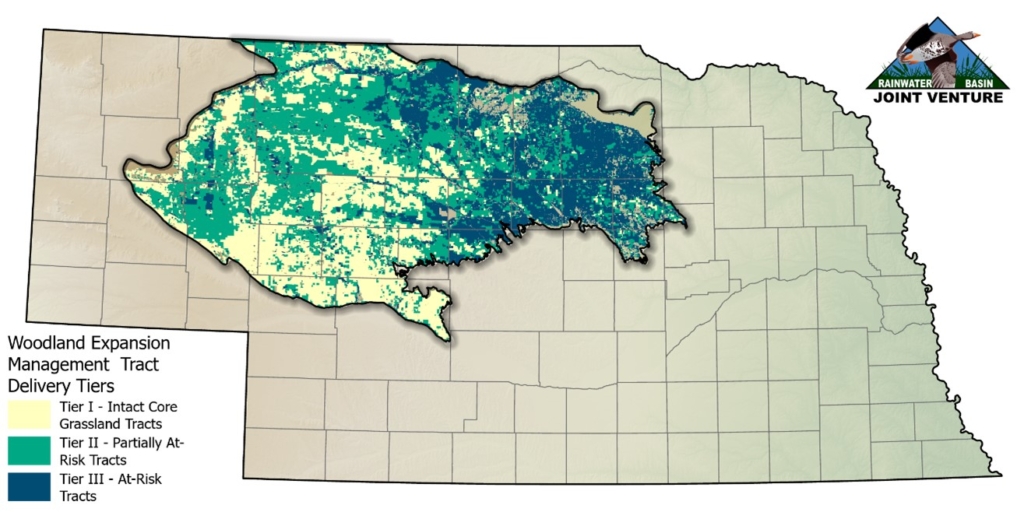
Grasshopper Sparrow and Greater Prairie Chicken. These models were developed by RWBJV staff using statewide breeding bird survey and lek survey data. Though multiple factors contributed to the final wildlife priority areas, including current and expiring Conservation Reserve Program contracts, the grassland bird models were used to justify the expansion of the Conservation Priority Areas into northeast Nebraska. Ultimately, these wildlife areas were combined with water quality priority areas identified by Clean Water Act section 303d impaired streams and Nebraska Department of Energy and Environment and summarized to watersheds (HUC12) to better align and communicate conservation targets.

The RWBJV is a United States Department of Agriculture Farm Bill 1619 Conservation Cooperator. Through this agreement the RWBJV has access to the Common Land Unit along with the owner and operator contact information. To promote enrollment in these Conservation Priority Areas the RWBJV staff queried all dryland tracts with highly erodible soils that occurred in Conservation Priority Areas. These owners and operators were mailed post cards and a letter about Conservation Reserve Program and the open sign-up period. This outreach stimulated significant interest and applications to United States Department of Agriculture service centers. In total, 262,987 acres were enrolled in the 2024 sign-up for an estimated contract cost of $10.5 million.
